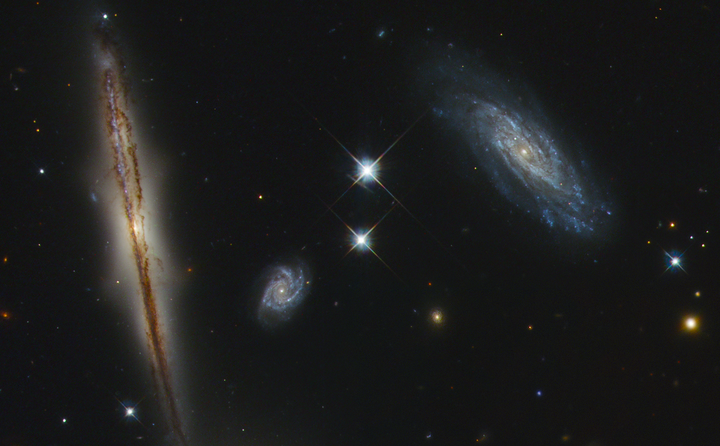Exploring the Origins of Galaxy Bimodality at z<0.1

LINK TO THESIS
Post-starburst Galaxies (PSBs) are characterised by a lack of massive, young blue stars and a large fraction of intermediate mass A- and F-type stars. They are interpreted as a population of galaxies which have recently undergone a major episode of star formation, and their study may elucidate the nature of galaxy bimodality. We employ a principal component analysis to study a sample of 32 low redshift (0.01 < z < 0.11) PSBs selected with SDSS DR 7 single-fibre spectroscopy and observed with MaNGA integral field spectroscopy. Morphologies are examined to characterise the sample, finding a mixture of starforming and quiescent parameters, indicative of tran- sition. We find that this rich sample exhibits strong radial gradients in stellar age, as measured by the principal components (PC) corresponding to the 4000-Å break strength and excess Hδ absorption. To examine the extent of aperture bias, we com- pare these two properties between the DR 7 and MaNGA spectra, integrated over 3" and the full aperture, finding evidence for systematics and radial gradients. We em- ploy two stellar population synthesis codes (BC03, FSPS) to test the manner in which star-formation proceeded, either as a single radially evolving burst, or coeval with varying burst strengths. Achieved here for the first time, we find a remarkable consistency between the models and gradients, suggesting complex and diverse star-formation histories. We show that this method, coupled with an increased sample size, is well-suited to elucidate the real nature of these strange and peculiar objects.